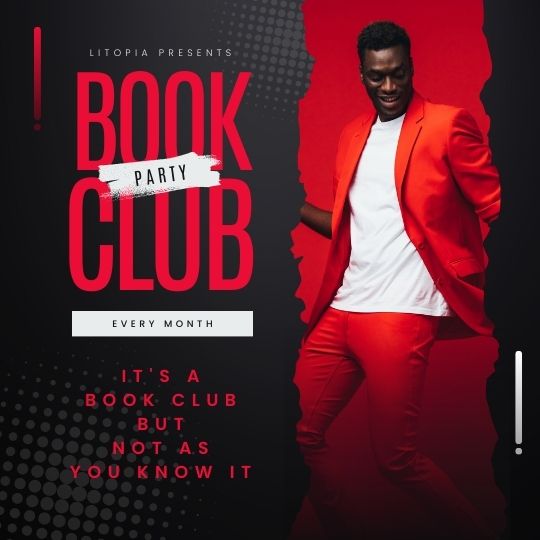M
Madeleine Conway
Guest
All I want to do is get on with my own writing and all that happens is that work keeps interfering - am writing the last reports tonight, marking coursework like a maniac all week and weekend. Sometimes I wish I could win the lottery and spend all day on my chaise longue eating bonbons and dictating to my amanuensis....






